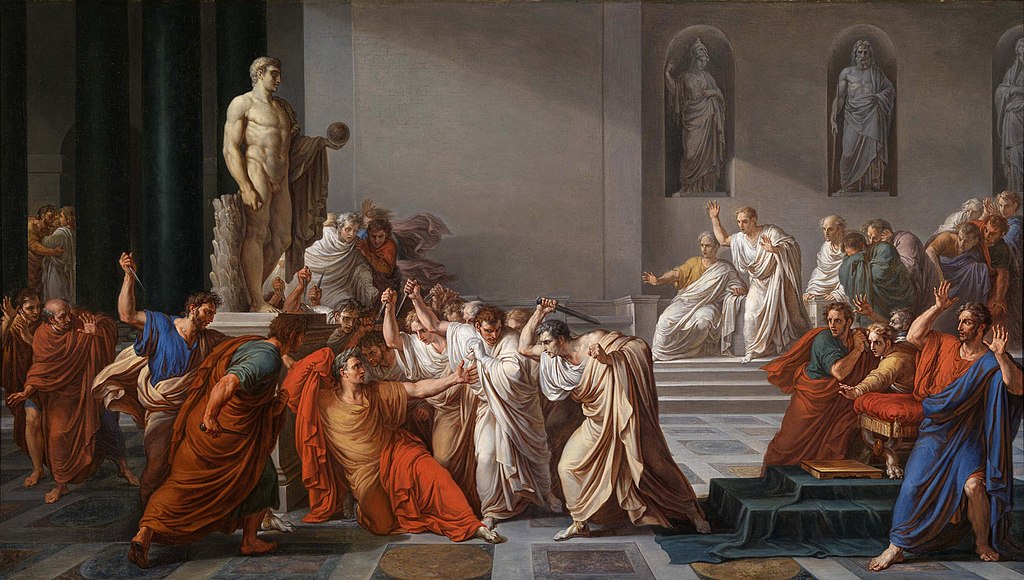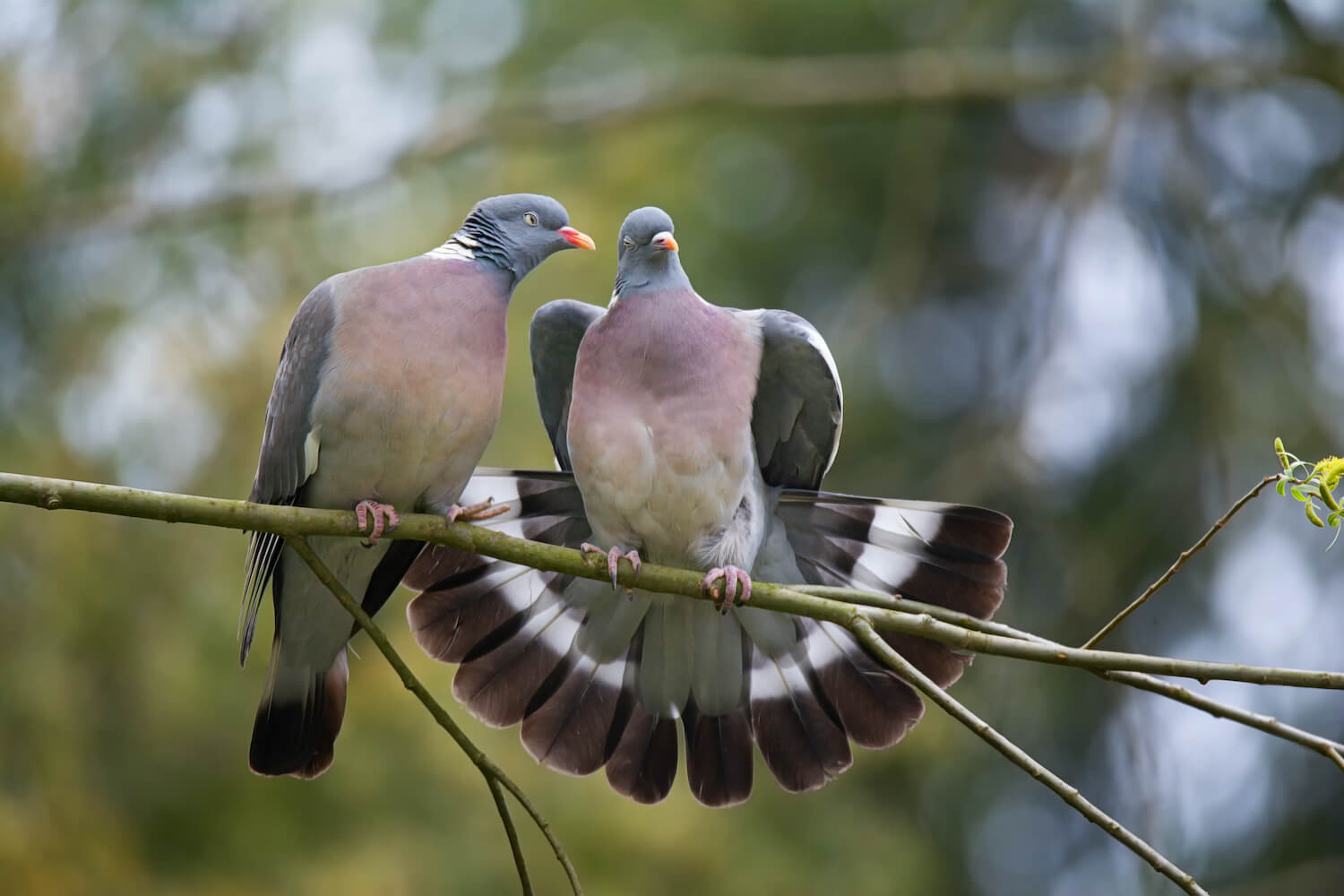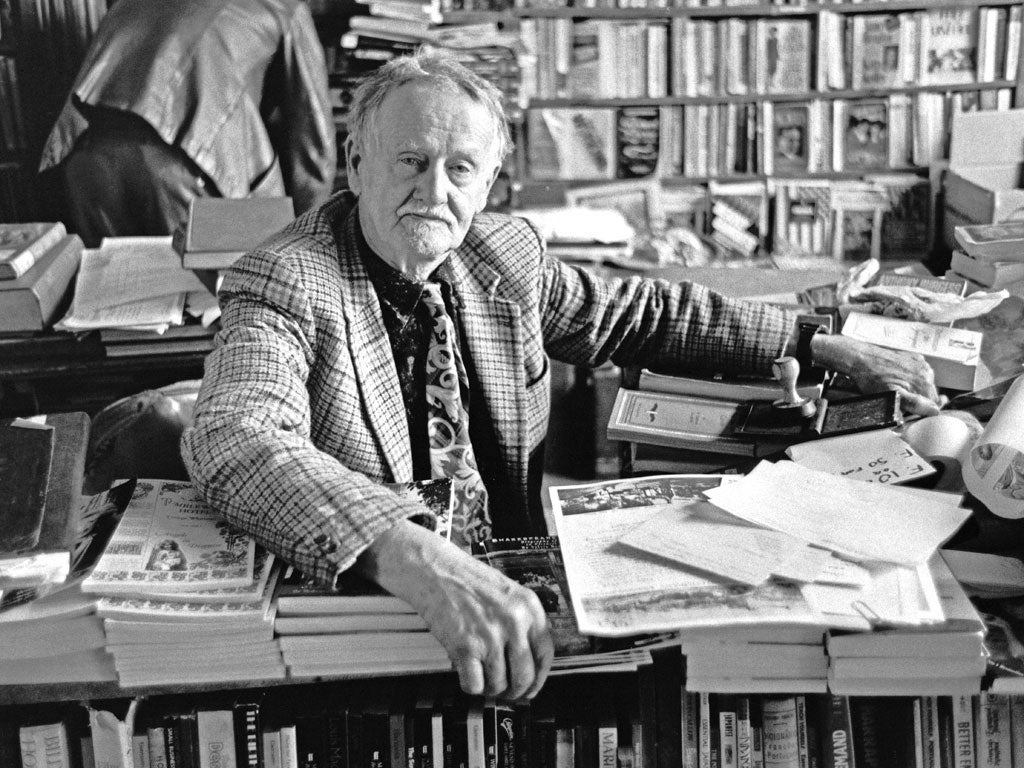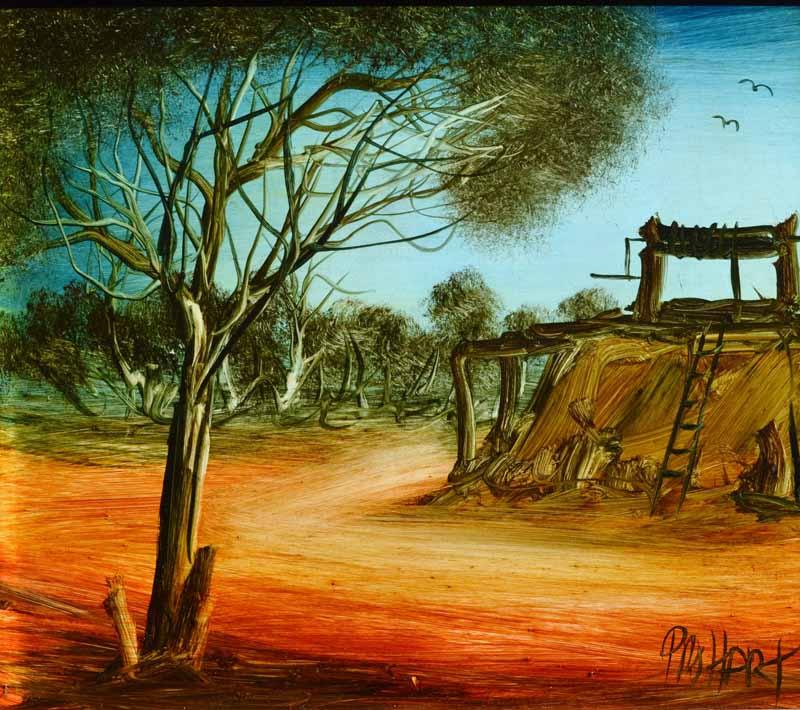Modewarre by Patricia Sykes
Spinifex
Pp. 90
Modewarre is the indigenous word
for musk duck, a creature at home on land, water and air. Through her poetry, Patricia
Sykes explores various histories and the boundaries between them which blur and
blend. She splits the poems into three sections: House of the Bird, House of
Water, and House of Detention, examining words and their connotations, dwelling
on reflections, refractions and altered perceptions.
Naming things robs them of their
magic and power, as we use “language, so impossibly cumbersome/ for discovering
the true weight of things/ the grandmother would have known”. The literary
fragments are almost Sapphic with physical and sensual meaning: “as always the
modewarre/ places faith in its eggs/ yolk and the sun/ breed each other”. The
strong bonds of belonging and connection to land go beyond words, until the
frustration is clear in a poem such as eponymous,
“to the interrogator who keeps asking/ ‘so are you still suckling on myths of
place?’/ I say try the enigma address/ the bird who keeps vanishing in water –”

The
poems recall the land and the life before the colonists came, and also the
sheer incomprehension of the invaders dealing with the loss. In eupathy (right feeling of the soul) she
sees the land from above as though flying with the eagle. “to talk now/ of
whether this is still so/ or if the eagles in free flight/ are an option/ to
speak of/ options, land, again/ once more/ not as that which was taken/ is
un-ownable/ contracting and crowded/ but as lava shift/ the heat of a river/
always underfoot/ in a molten indifference/ to politics”. There are layers of
knowledge contained in a word, such as the poem, ‘brid’, eight darkness in which
‘brid’ is the name given by Nyangangu, a Yolgnu artist of Northeast Arnhem
Land, to her bird carving. “there, where you are,/ bred of earth, breeding sky/
working the uplift, wingbeat/ as if sculpting a refusal/ to die of white
history”.
The world is a palimpsest and so
is the brain – our thoughts and memories are malleable. Birds connect people
and places, and are often totems for Aboriginal and Torres Strait Islander
people, helping to define kinship with people, their Country and nature,
connecting to the roles and responsibilities of a mob, offering protection and
foreshadowing danger and momentous events. This connection extends throughout
the world as the birds migrate along their own songlines.
Means of expression are
insufficient, with even mechanics of speech and typing unable to capture the
richness of the language. “this keyboard’s/ tireless tap-tap mouth/ which
cannot voice/ the interior ‘n’ in Nyangangu/ the one with the tail/ the sound
of ‘ng’ in singer”. And yet the words can be damaging and belittling. “how the
eyes like linguists are never satisfied/ how they’ll poke and pry into any
lexicon”, wanting to preserve and capture, destroying the natural.
The poems in House of Water are
concerned with childhood, disease, death, invasion, cattle, birds, and bunyips.
Roads are built over traditional lands, only to crumble and fray at the edges
demonstrating their impermanence in the liminal space. “what never was field/
become paddock become/ fences become livestock/ the cattle the sheep/ foraging
for the hoofprints/ they lost the last time/ they departed a shore”.

In the House of Detention, the
poems move on to highlight migrants trapped in refugee camps, prisoners in
cells, wives in marriages, women in motherhood, caterpillars who will one day
be butterflies, political constraints, and people wanting to be “at home in
every world/ where exile does not exist”. In great-aunt narrative among the excised lands, Sykes leans upon the
double meaning of refuse (verb and noun) as it relates to denial and pollution:
“oh my Canberra…/ high city of
presumptive cleanliness/ among the dirty waters exuding from the workplaces/
the smell of your refusal laws”. She uses a rare capital letter in this poem,
which must surely be ironic as her punctuation is clean and almost entirely
absent.
Modewarre is a great
collection of powerful fragments, connecting words to the echoes of previous
language both spoken and unspoken. It is a reminder that we are merely one of
millions of moving parts that comprise our environment, expressing a concern
for what will happen to the delicate balance once we form a pyramid and place
ourselves at the apex.
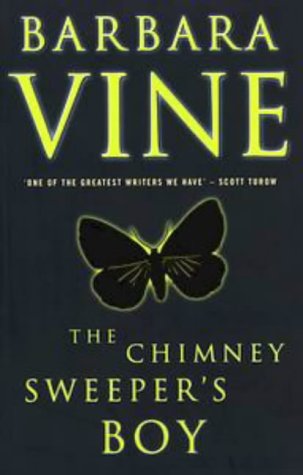
:max_bytes(150000):strip_icc()/GettyImages-626974567-defc9220866c4e679c8d244dfbb997bb.jpg)







